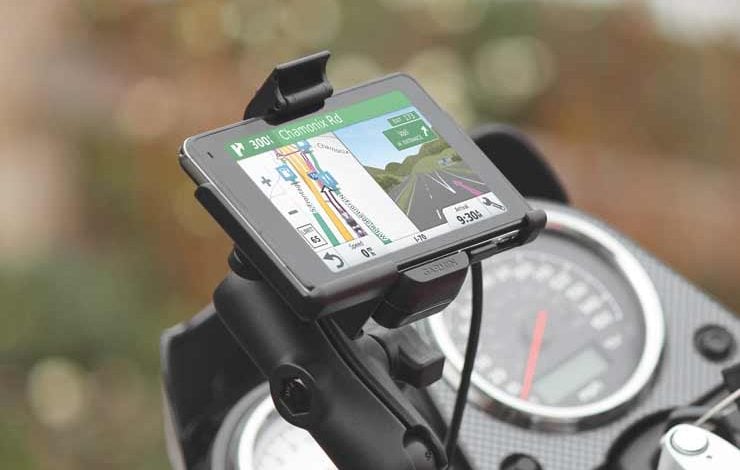Motorcycles are always a source of fun when you ride, but they are, at the same time, remain quite susceptible to accidents and theft. To prevent accidents, you have to be a careful driver who follows the rules. But to prevent theft, you need something more than being careful! If you want to avoid theft or if you catch the thief with your motorcycle after the theft occurred, the best option is to install a GPS tracking device on it.
The device will help to monitor the routes through which your bike has been driven and locate its current position if it is stolen. Or, the tracker will help you to find your motorbike if you’ve ever forgotten to the place where you have parked/kept it. In the ongoing article, we will tell you how to install GPS tracking device on a motorcycle.
Know the GPS Tracker
A GPS Tracker is an electronic device with a location tracking capacity that uses GPS (Global Position System) technology. It can track a distant object where it is installed (such as a car or a motorcycle) by pinpointing the longitude, latitude, ground speed, and course of direction of that targeted object. It has an excellent rate of accuracy unless the weather or any other object obstructs the GPS signals.
Some may use the GSM (Global Systems Mobile) communications network to track their bike. It is also known as RF Beacon or cellular tracking that uses built-in sim cards to send and receive data/messages to a central server. However, they are not accurate as like as a regular GPS tracking. In most cases, they provide a shorter range of tracking coverage. For your motorcycle, therefore, we suggest using the original GPS tracking system. You can use GSM technology as assistance to GPS trackers.
GPS Tracker Installation Process
Let’s come to the main point – GPS tracker installation on your motorcycle. Finding out the safest and most appropriate place for a tracker on your bike is the first challenge that you will face before you install it. Unlike the larger automobiles (vans, trucks, or cars), a motorcycle does not have enough space where you can put the tracker hidden. To keep it hidden is essential because the thief (once theft) will search for a tracker first to remove it away, which will destroy your purpose of installation of a tracking device. For this reason, many of the companies do not show the exact appearance of their devices in advertising so that the thieves can’t initially identify the device and throw it away. Instead, they only state the features and specifications of the trackers.
It is a general rule that a tracking device should not be strangled by metal. Placing this way can mainly deteriorate the capacity of signaling. FOr instance, never put the tracker beneath the fuel tank, it will restrict the performance of it. The rule is similar for a GSM or cellular transmitters.
When you find the installation spot, connect the wire (in the event your device is wired) of your tracker with a neutral and live wire of battery so that it can collect power to be active and do function. Connect it with a switched feed on motorcycle ignition to keep it registered when anyone uses the key. Therefore, your tracker, if it is wired, should be at any hidden area close to the battery.
Now, most of the trackers come with an additional battery to give backup if the power supply is disconnected. In such a case, the tracker will provide an alert notification of such happening to the interconnected mobile or computer.
You can use an extended antenna associated with GPS facility, placed at a tricky place on your bike, that will boost the tracker performance. If the thief notices it and removes, that may make him satisfied and stop him from searching for the original device hidden anywhere else in the motorcycle.
Last Words
You should install the tracker yourself if you have sufficient knowledge about the connections and internal wiring of your motorcycle. Otherwise, leave it to a certified mechanic. If the tracker is a subscription-based unit, then you must call an approved installer to install it for assurance of effectiveness. Installation by a certified mechanic will facilitate you with a Certificate of Installation, which will help you in the event of a claim.
AUTHOR BIO:
Isabella is a blogger & regular contributor of TheMotorBiker.com
She loves to ride & travelling around the world. Don’t forget to read her latest GPS Navigator Reviews.
